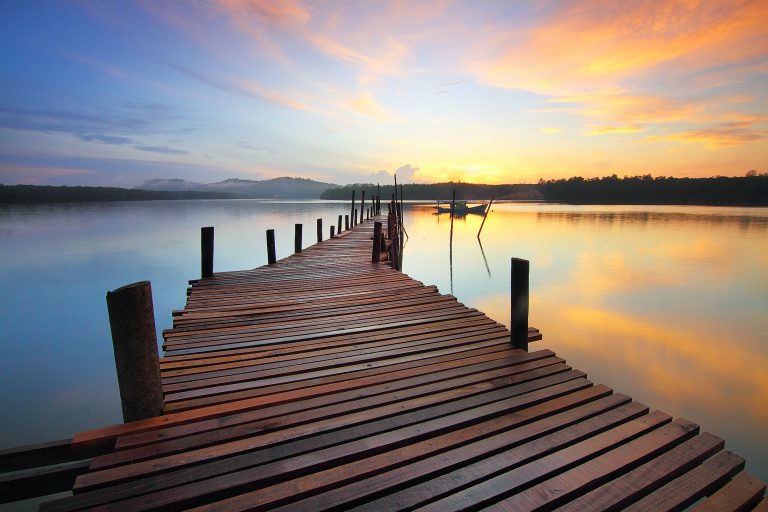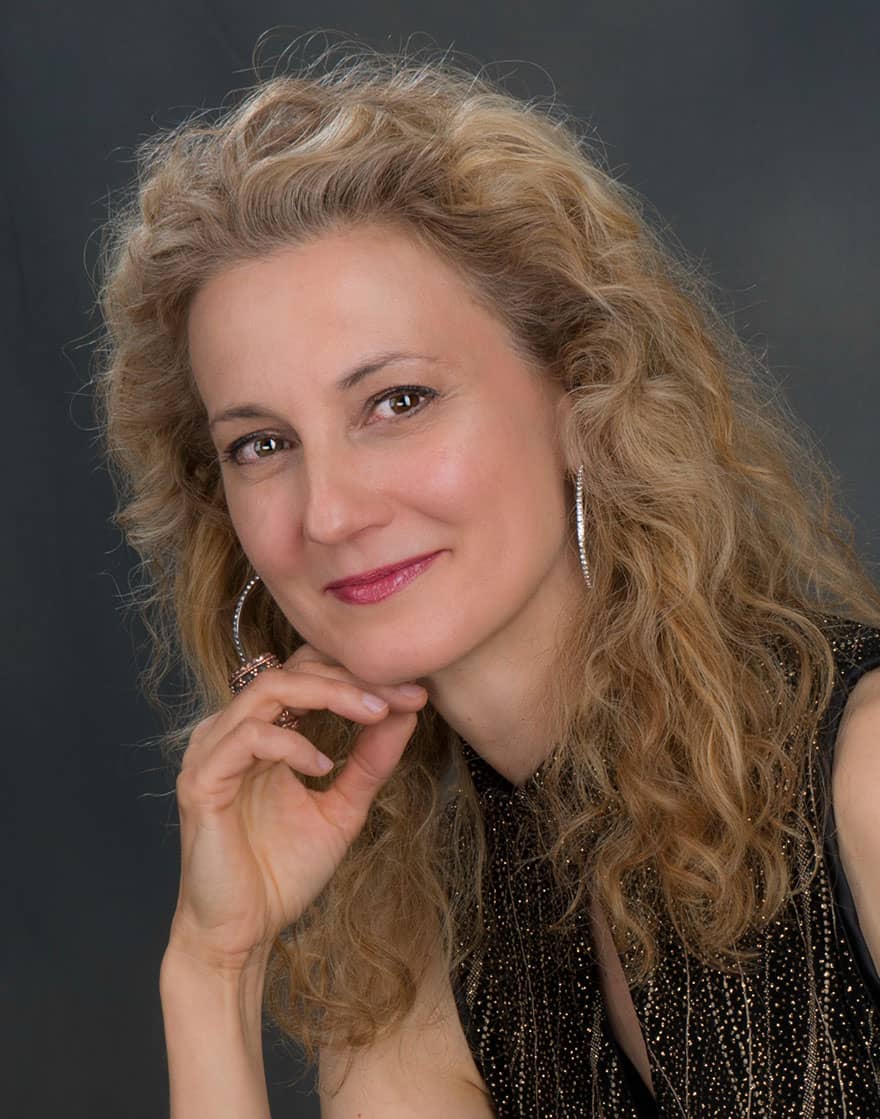I recently attended my annual weeklong silent Mindfulness retreat.
I lead retreats for others so this is my chance to refill my own cup in a way that goes deeper than my daily practice can. My nervous system feels majorly rebooted after a period of extended silence and mindfulness practice.
In our culture of busyness, noise and distractions, it might seem like a strange and radical choice to voluntarily go and pay money to what might, on the outside, look like doing nothing.
Here’s some insight into what the week is like and what the benefits are.
While I respect all meditation lineages, the one that resonates most strongly with me is Vipassana, or Insight Meditation, which Mindfulness Based Stress Reduction was based on, so I prefer to go to Insight Meditation Society in Barre, MA. For those of you on the West Coast of America, Spirit Rock is a sister institution. I have been to and highly recommend them both.
The centers are designed simply but comfortably, with private rooms and shared bathrooms. There is a dining area, a meditation hall. and an area for movement/yoga.
The grounds are beautifully kept with quiet areas for walking meditation.
On the first day, after registration, the participants (around 100) have a meal together and get settled in and oriented to the center. We are asked to reserve a place in the meditation hall by placing a personal item on either a chair or a meditation cushion. This will be our sitting meditation spot for the duration of the retreat.
This spot often starts to resemble a nest of sorts, with scarves, blankets and other items that might make someone more comfortable, scattered in and around the area.
Everyone gets a ‘yogi job’ where we assist with the retreat. Jobs include: chopping or washing vegetables in the kitchen, cleaning bathrooms, vacuuming floors, ringing bells to signify start of meditations or wake-up, and washing dishes.
We get oriented to our job and the retreat officially begins in the evening with our first meditation in the hall and talk by the retreat leaders. The energy is usually one of slightly nervous anticipation. After this session, we will enter into what is called ‘Noble Silence” for the duration of the retreat.
Noble Silence
Noble Silence means no communication (unless absolutely necessary for our yogi job or interviews), including eye contact, reading or writing. The reason for this is so that we can keep our attention focused inwards on our own experience, without distractions.
We are asked to turn in our devices/cell phones so there is no temptation to cheat and access technology.
We eat in silence together, we meditate together, work alongside each other, but all without words. At first, I thought this would feel really strange, and I guess it probably did on my first retreat, but now it’s like a balm for my nervous system.
In some ways, the container we create feels more intimate than when we use verbal language. It’s as if we get to know each other in a deeper way, without the distraction of words, which are inherently limiting and often ego-based.
We can see clearly how our judgements of others are nothing more than projections of our own mind.
The wordlessness supports our work together and it feels like we go deeper and deeper into the layers of ourselves, and into the truth of the matter, as the week goes on.
What is an average day like?
The bell rings around 6:00 AM to wake us up for the 6:30 meditation. Meditations usually last 30-45 minutes and we usually meditate in silence, with at least one of the teachers in the front of the room leading us by example.
After the morning meditation, breakfast is served. All meals are vegetarian to honor the precept of non-harming. Breakfast is usually oatmeal with granola, nuts, yogurt and fruit.
After breakfast is a work-period. Then there are periods of sitting and walking meditation throughout the day. There is a schedule posted on the board each day, and the bell is rung for each transition, so we don’t need to remember where we are going or what we are doing, or to look at a watch. Our only task is to stay present moment-by-moment as best we can, and to watch what comes up when our attention is pulled away.
There is a guided yoga/mindful movement every day so we get to move and stretch our bodies. Every evening is a Dharma Talk where the teachers take turns talking for an hour about a topic related to what we are doing.
Topics include hindrances to meditation, the 5 precepts of Buddhism, and Loving-kindness; all made relevant to our practice and our lives. The evening talk is often the most eagerly attended session as it allows us to have a tiny bit of normalcy. Even though we aren’t talking, we get to listen and take in information, which is very familiar to most of us.
Sometimes there is a short window after the morning meditation (about 10 minutes) where the teachers take questions from the group. And there are small group interviews set up where we have an opportunity to meet with the teachers and check-in about how we are doing, what is coming up for us and to ask any questions we have. Usually there are 2 of these in the course of the week.
It is helpful to hear what is coming up for people and the suggestions as to how to handle it all with equanimity and compassion. People can look so serene in the meditation hall, but there are often turbulent waves crashing just under the surface.
This Can Be HARD!
Here is the truth: being with ourselves with no distractions can be really hard!
Even mealtimes can be a trigger for our greed, hatred and delusion to arise. Every moment is an opportunity to know ourselves better, to see how our reactivity and judgment leads us astray, and to be willing to sit with it all and see if we can access deeper layers of wisdom and clear seeing.
As you might imagine, this is not always fun or peaceful!!! And that is totally fine. The only way out is through, so we need to sit with our own ‘stuff’, if we want to have any hope of transcending it. Paradoxically, it is the willingness to face whatever is coming up head-on, with courage, acceptance and even friendliness, that leads to a deep peace and empowerment.
I am often surprised at what arises for me; what my ‘curriculum’ is. I never know what will come up. It might be a hurt from a decade ago, a slight from last week that I thought I was over, or some mistake I made that really wasn’t a big deal but that apparently, I’m still processing and beating myself up over.
All of this can be held in kind awareness and then invited to pass on through, as we decide what will be known in this precious moment of now.
Hearing…breathing….walking….tasting…judging…resisting…breathing again. It all becomes so fascinating over time, and so liberating to see it for what it is: creations of the mind; not real, not solid; and to recommit to the present moment over and over…and over.
DIGITAL DETOX
One of the biggest gifts, for me and many others, is to see what a time-waster the phone has become and to be liberated from it! Much to my surprise, I did not want my phone back after the retreat. 95% of what was on there was nonsense that could instantly be deleted. We have become enslaved to these tiny devices and the ‘fear of missing out’ that has arisen in our culture.
The constant barrage of information, which can never be fully digested, can leave us feeling off-balance, behind, less-than.
It’s hard to fully explain what a week without technology feels like. A silent retreat must be experienced firsthand in order to be truly known and appreciated.
We don’t need to reinvent the wheel
Hopefully I dispelled some of the mystery of what a silent retreat is like. If you have any thoughts about how you couldn’t do this, please know that they are only thoughts, not truths.
In our culture, we are often looking for the newest, hottest thing. We have a sense that if only we found the right practice, or the right program, we would find what we are looking for and all our problems would fall away.
Unfortunately, this kind of thinking can lead to a skimming of the surface of lots of different things, rather than going deeply into one. Just when the going gets interesting, the mind spins stories like: This isn’t working, this isn’t for me. And so off we go, in search of the next thing, just as stuck in our old patterns as ever.
I am continually impressed by the elegance, organization and practicality of Vipassana practice. It’s a time-tested path towards liberation of the heart and mind. Yes, it requires an investment of time and energy. It is by no means a ‘quick fix.’
But what else are we to do in these complex times other than become our best selves, and then offer that back out to the world?
If you’re curious, check out IMS or Spirit Rock for yourself. Or perhaps you might want to join my mindfulness training (where I offer a 1-day silent retreat at the end).
When you put down some of your baggage and become more lit up, the world becomes that much brighter. I just made a very short (3 minute) guided practice for you to drop into your stillness right now. Click below to access.
Here’s to your liberation, and to the liberation of all beings.
Yours in mindfulness and magic,
Erin
![]()

 Erin believes that narrow boxes are for shoes and not for people and she hopes you'll join her tribe on the mindful path to freedom!
Erin believes that narrow boxes are for shoes and not for people and she hopes you'll join her tribe on the mindful path to freedom!

